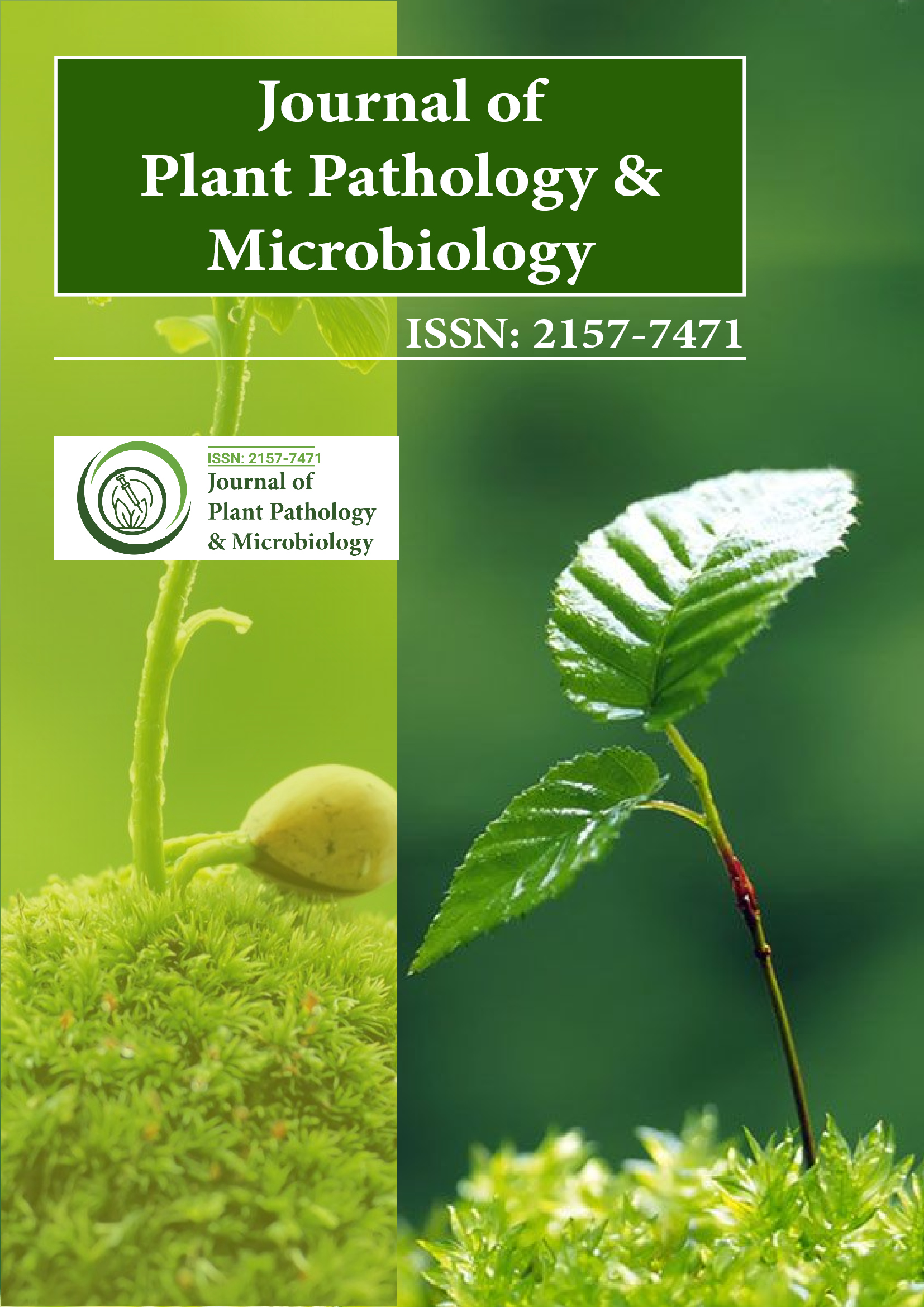குறியிடப்பட்டது
- ஜெ கேட் திறக்கவும்
- ஜெனமிக்ஸ் ஜர்னல்சீக்
- கல்வி விசைகள்
- JournalTOCகள்
- CiteFactor
- Ulrich's Periodicals Directory
- விவசாயத்தில் உலகளாவிய ஆன்லைன் ஆராய்ச்சிக்கான அணுகல் (AGORA)
- எலக்ட்ரானிக் ஜர்னல்ஸ் லைப்ரரி
- சர்வதேச வேளாண்மை மற்றும் உயிரியல் அறிவியல் மையம் (CABI)
- RefSeek
- டைரக்டரி ஆஃப் ரிசர்ச் ஜர்னல் இன்டெக்சிங் (DRJI)
- ஹம்டார்ட் பல்கலைக்கழகம்
- EBSCO AZ
- OCLC- WorldCat
- அறிஞர்
- SWB ஆன்லைன் பட்டியல்
- உயிரியல் மெய்நிகர் நூலகம் (vifabio)
- பப்ளான்கள்
- மருத்துவக் கல்வி மற்றும் ஆராய்ச்சிக்கான ஜெனீவா அறக்கட்டளை
- யூரோ பப்
- கூகுள் ஸ்காலர்
பயனுள்ள இணைப்புகள்
இந்தப் பக்கத்தைப் பகிரவும்
ஜர்னல் ஃப்ளையர்

அணுகல் இதழ்களைத் திறக்கவும்
- உணவு மற்றும் ஊட்டச்சத்து
- உயிர்வேதியியல்
- கால்நடை அறிவியல்
- சுற்றுச்சூழல் அறிவியல்
- நரம்பியல் & உளவியல்
- நர்சிங் & ஹெல்த் கேர்
- நோயெதிர்ப்பு மற்றும் நுண்ணுயிரியல்
- பயோ இன்ஃபர்மேடிக்ஸ் & சிஸ்டம்ஸ் பயாலஜி
- பொது அறிவியல்
- பொருள் அறிவியல்
- பொறியியல்
- மரபியல் & மூலக்கூறு உயிரியல்
- மருத்துவ அறிவியல்
- மருத்துவ அறிவியல்
- மருந்து அறிவியல்
- வணிக மேலாண்மை
- விவசாயம் மற்றும் மீன் வளர்ப்பு
- வேதியியல்
சுருக்கம்
சூழலியல் திறன், தாவர வளர்ச்சியை ஊக்குவித்தல் மற்றும் எத்தியோப்பியாவில் இருந்து கொண்டைக்கடலை ( சிசர் அரிட்டினம் எல் .) முடிச்சு செய்யும் பல்வேறு மெசோரிசோபியம் விகாரங்களின் சிம்பயோடிக் பண்புகள்
ஜெஹாரா முகமது டாம்டிவ்*, டக்ளஸ் ஆர் குக், அலெக்ஸ் கிரீன்லான், அஸ்னேக் ஃபிக்ரே, எரிக் ஜே வெட்பெர்க், எட்வர்ட் மார்க்வெஸ், கசாஹுன் டெஸ்ஃபே, நோலியா கராஸ்குவிலா கார்சியா, ஃபாசில் அசெஃபா
கொண்டைக்கடலை பல நன்மைகளை வழங்குகிறது, அதிக ஊட்டச்சத்து மதிப்பு மற்றும் நைட்ரஜன் குறைந்த மண்ணை வளப்படுத்தும் பயிரின் திறன். அதன் மகசூல் திறன் இருந்தபோதிலும், இந்த பயறு வகை ரைசோபியல் கூட்டமைப்பைச் சார்ந்துள்ளது. இந்த ஆய்வின் நோக்கம், கொண்டைக்கடலையில் நைட்ரஜன் நிர்ணயத்தை மேம்படுத்துவதற்கு சூழல்-உடலியல் ரீதியாகவும், கூட்டுவாழ்வு ரீதியாகவும் மாறுபாடுகளை வழங்கும் உள்நாட்டு நம்பிக்கைக்குரிய உயரடுக்கு மெசோரிசோபியம் விகாரங்களை அடையாளம் காண்பதாகும். 20 சிம்பியன்ட் விகாரங்கள் 64 மரபணு ரீதியாக வேறுபட்ட பூர்வீக மெசோரிசோபியம் இனங்களைக் குறிக்கின்றன, அவை ஆய்வகத்திலும் பசுமை இல்லத்திலும் சோதிக்கப்பட்டன. 1.5% NaCl, 25% விகாரங்கள் pH4 மற்றும் குறைவான விகாரங்கள் (20%) 40°C வரை தாங்கி வளரும் விகாரங்களின் (35%) சுற்றுச்சூழல்-உடலியல் திறனின் அடிப்படையில். பெரும்பாலான விகாரங்கள் (60%) டி-சார்பிட்டால் மற்றும் டி-குளுக்கோஸ் கார்பன் அடி மூலக்கூறுகளைப் பயன்படுத்துகின்றன மற்றும் அமினோ அமிலங்களான ஃபெனிலனைனை (60%) சிறப்பாகப் பயன்படுத்துகின்றன. பெரும்பாலான மெசோரிசோபியம் விகாரங்கள் நுண்ணுயிர் எதிர்ப்பிகளுக்கு (67%) எதிர்ப்பையும் (83%) கன உலோக எதிர்ப்பையும் வெளிப்படுத்தின. 8 நாட்கள் அடைகாத்த பிறகு, Ca 3 (PO 4 ) 2 (118.0 μg/ml) மற்றும் FePO 4 (93.3 μg/ml) ஆகியவற்றிலிருந்து கிடைக்கக்கூடிய கரையக்கூடிய பாஸ்பேட்டுகளை வெளியிடக்கூடிய மூன்று விகாரங்கள் மற்றும் அனைத்து விகாரங்களும் பைட்டோஹார்மோனை (7.7-28.4 μg/ வரை) உற்பத்தி செய்தன. மில்லி). அரேர்டி வகைகளில் உருவான குறைவான முடிச்சுகளுடன் (31-46) ஒப்பிடும்போது, நாடோலி வகையிலிருந்து (32-62 முடிச்சுகள்) அதிக முடிச்சுகள் பதிவு செய்யப்பட்டுள்ளன என்பதை முடிவுகள் எடுத்துக்காட்டுகின்றன. மேலும், 85% விகாரங்கள் நாடோலி மற்றும் அரேர்டி வகைகளில் மிகவும் பயனுள்ள கூட்டுவாழ்வைக் காட்டின. கொண்டைக்கடலை உற்பத்தியில் நைட்ரஜனை நிலைநிறுத்துதல் செயல்பாடுகளை மேம்படுத்துவதற்காக பல-இட கள சோதனைகளில் சோதிக்கப்பட்ட பிரதிநிதித்துவ தனித்துவமான சிம்பியன்ட் விகாரங்களைத் தேர்ந்தெடுப்பதற்கு தரவு ஒரு முக்கியமான நிரப்பியை வழங்கியது.